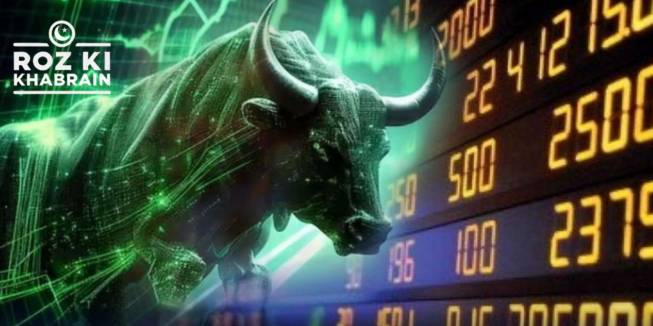Pakistan’s inflation fell to 4.9% in November, the lowest rate in six years, providing some relief to consumers after a prolonged period of high prices. The figure is within the central bank’s target range of 5-7%.
The November consumer price index (CPI) marked a significant decline from 7.2% in October 2024 and a sharp drop from 29.2% in the same month last year. Although market expectations had predicted a slight decrease to 4.7%, the actual figure was slightly higher at 4.9%.
The data also revealed that the average annual inflation for the first five months of FY25 stands at 7.94%, down from 28.62% during the same period in FY24.
In November, CPI rose by 0.5%, compared to 1.23% in October and 2.7% in November 2023, showing a more gradual increase in prices.
Core Inflation Remains High
While overall inflation has eased, core inflation, which excludes volatile food and energy prices, remains relatively high. Core inflation increased by 8.9% year-on-year (YoY) in November, up from 8.6% in October but significantly lower than the 18.6% rise seen in November 2023. On a monthly basis, the core CPI rose by 1.2%, surpassing the 0.6% increase in the previous month.
The government had forecasted inflation to be between 5.8% and 6.8% for November, but the actual rate came in below the upper end of that range, offering a positive surprise to policymakers.
Urban vs. Rural Inflation
Inflation in urban areas was recorded at 5.2% in November, while in rural areas, it was slightly lower at 4.3%, reflecting the differing economic pressures faced by these populations. Despite the overall decrease in inflation, certain essential items have continued to see price hikes.
Rising Prices of Essentials
Prices of essential items such as tomatoes, eggs, lentils, moong, honey, and potatoes saw increases in November, continuing a trend from previous months. Other items like ghee, butter, dry fruits, fish, and cooking oil also became more expensive, adding to the financial strain on households.
In the clothing sector, prices rose by 14.37% YoY, while health and education costs increased by 13% and 10.55%, respectively, highlighting the growing burden of non-food inflation on consumers.
With the policy rate at 15% and CPI-based inflation at 4.86%, the real interest rate stands at 10.14%, which is favorable for savers. The gap between inflation and the policy rate suggests that the central bank’s tightening measures are having a positive impact in curbing inflation.
Outlook
While the decline in inflation is a welcome development for consumers, the challenge of high core inflation remains. Analysts recommend ongoing supply-side interventions and fiscal policies to keep inflation in check in the months to come.




